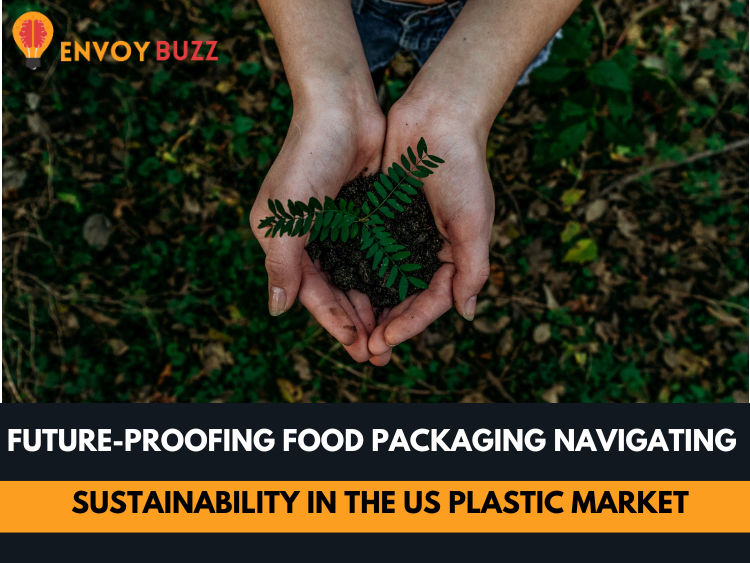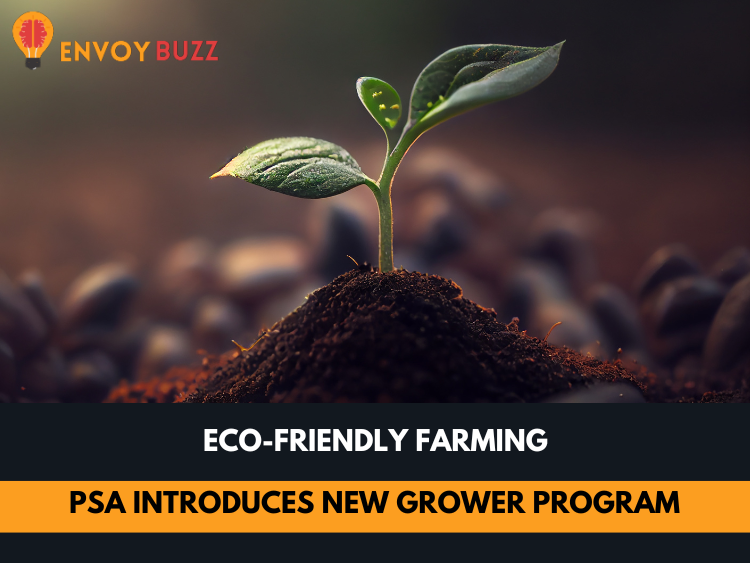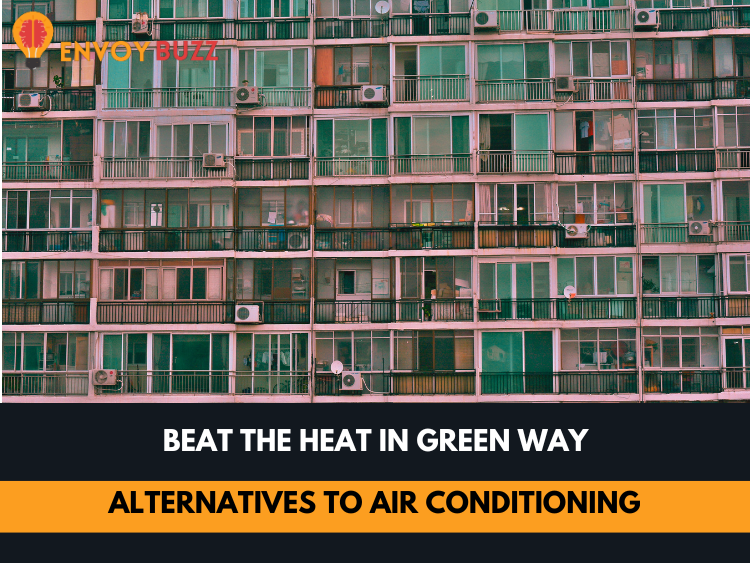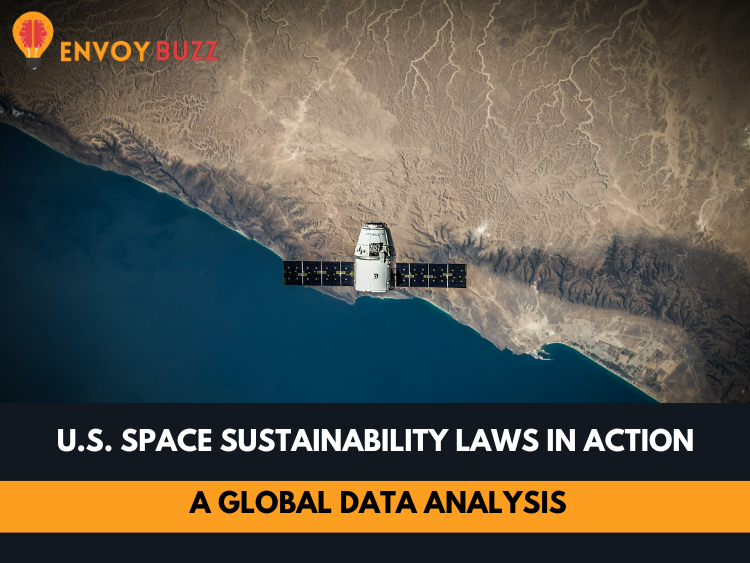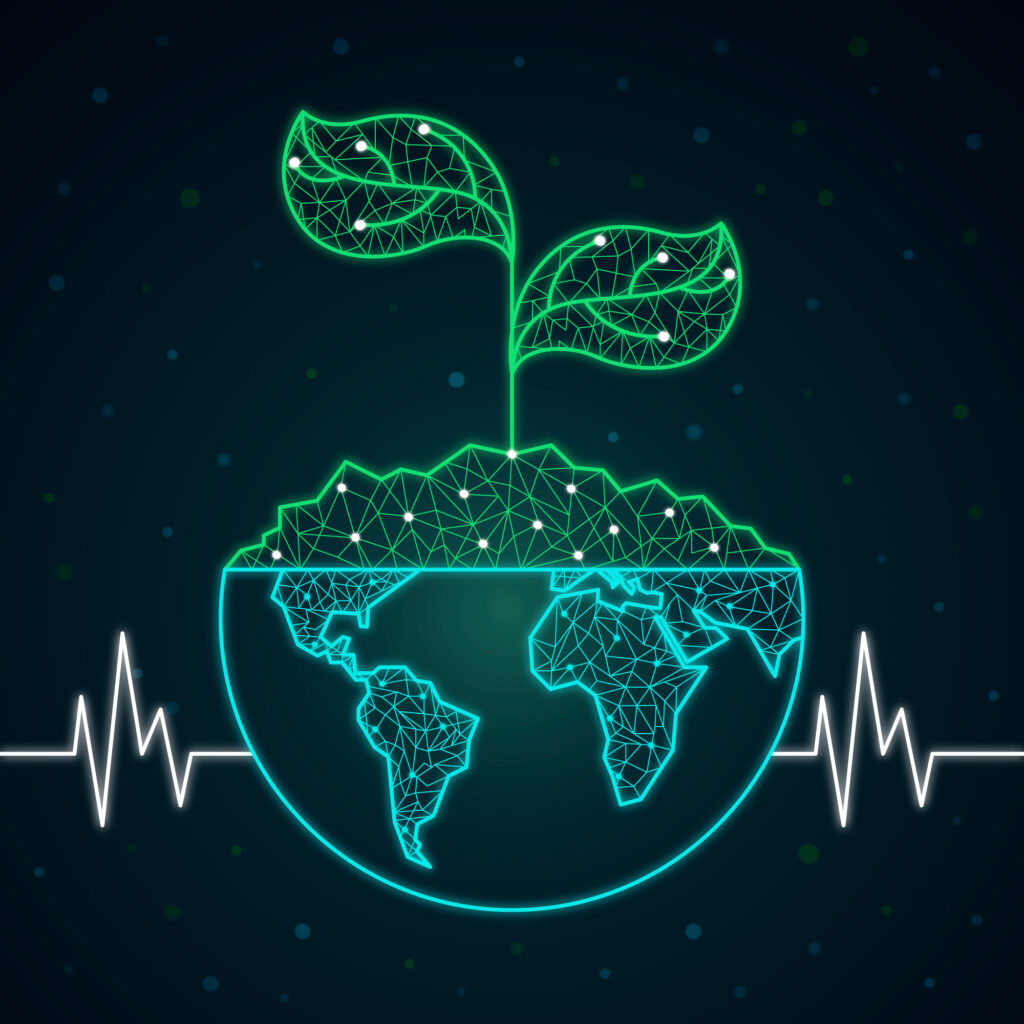The US Plastic Packaging for Food Market is poised for substantial growth, with a forecasted 3.0% annual increase, reaching a value of $36 billion by 2027. Plastic remains the dominant material in food packaging due to its versatility, cost-effectiveness, and superior performance. However, the landscape is evolving, and sustainability is emerging as a key influencer, introducing nuanced effects on plastic packaging dynamics.
Sustainability Initiatives:
The influence of sustainability on plastic packaging is multi-faceted. Despite being a primary target for sustainability conversions, plastic retains its popularity among end-users due to cost and performance advantages. Manufacturers are actively addressing environmental concerns by incorporating greater amounts of recycled content, promoting recyclability (with a trend toward mono material packaging), and adopting practices like lightweighting and source reduction.
Bioplastics are anticipated to play a larger role in the plastic food packaging market. However, overcoming challenges related to price and scalability is essential for bioplastics to compete effectively with conventional plastics.
Flexible Packaging on the Rise:
Flexible plastic food packaging is gaining favor among end-users, driven by its performance benefits and favourable environmental profile compared to rigid packaging. Its versatility in conforming to various product shapes and sizes, coupled with reduced resource requirements and waste production, positions it as a preferred choice.
The surge in popularity of stand-up pouches, valued for aesthetics and portability, contributes to the continued growth of flexible packaging. Innovative formats like vacuum skin packaging, brick packs in meat packaging, and bag-in-box formats for foodservice and retail further support demand.
Key Growth Areas:
Plastic packaging demand is expected to see healthy growth in prepared foods and candy & confections. While meat, poultry, and seafood contribute significantly to absolute gains, the faster-growing markets of prepared foods and candies drive overall demand. Factors such as the availability of fresh/refrigerated prepared foods, the trend toward smaller individually wrapped candies, and a shift to higher-value packaging formats contribute to this growth.
Rigid vs. Flexible Packaging:
The competition between rigid and flexible packaging is a key aspect of the industry. While cost and product performance influence the packaging mix, sustainability initiatives are gaining importance. The forecast predicts a 3.0% annual growth in plastic food packaging, driven by sustainability initiatives favouring environmentally friendly options like bioplastics.
Sustainability in Packaging:
Environmental concerns have long influenced packaging choices, and sustainability has become a crucial trend in the manufacturing industry. Plastic packaging, in particular, is a high-profile target due to its pervasive use, disposability, and environmental impact. However, achieving sustainability is complex, as packaging must balance performance, affordability, and environmental impact.
Factors beyond recyclability or composability, such as energy and water usage in manufacturing processes and the packaging’s impact on transportation costs, must be considered. The choice of packaging involves finding a balance between cost, performance, and environmental impact.
The US Plastic Packaging for Food Market is undergoing a transformation influenced by sustainability trends. While plastic remains dominant, the industry is adapting to meet environmental challenges. The path forward involves a delicate balance between cost, performance, and sustainability, requiring collaboration between manufacturers, end-users, and consumers to achieve a more environmentally responsible future.
For more detailed information, refer to the full report US Plastic Packaging for Food Market Report 2023-2027
For more news on sustainability visit Envoybuzz.

